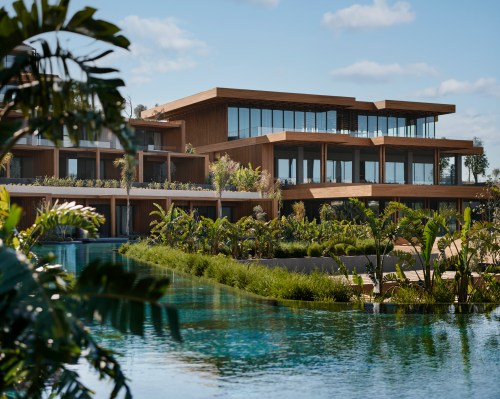Follow This One Sage Piece of Advice To Fuel Your Runs (and Your Life)
Wondering what's the best way to fuel my run? Tune into your body, and follow this sage piece of advice, to give your body what it needs.

Tuning into your body and giving it what it needs in the moment is sometimes easier said than done. Are you hungry? Thirsty? Do you need sleep? Exercise? A talk with a friend?
Experts in This Article
registered dietitian, certified intuitive eating counselor, and author of Unapologetic Eating: Make Peace with Food and Transform Your Life
Nike Master Trainer, yoga instructor, and fitness model
That can make following a sage piece of advice difficult: “Eat before you’re hungry. Drink before you’re thirsty.”
It’s an adage that long-distance runner and youth coach Kamilah Journét likes to follow on her runs, so she can keep focused on the experience, and not the physical constraints of her body.
“The main time I find myself fueling during an effort is when I’m out on the trails,” Journét says. “I’m typically less time- and pace-focused and hence focus more on the activity itself. The main rule I follow is: Drink before you’re thirsty and eat before you’re hungry. Within reason.”
But how are you supposed to know when that sweet spot “before” time is? It all comes down to practice.
“When you get into the rhythm of doing those longer runs, especially if you’re training for something like a half marathon or a full marathon, you are gonna have to find a routine and what works best for you specifically,” Traci Copeland, a Nike running coach, says.
So, for example, on a run, do you notice yourself getting hungry around the two hour mark? Make a mental note of that, and next time, try having a mid-run snack around an hour and 45 minutes in.
Our body sends us signals, such as headaches, muscle cramps, and stomach rumbles, to tell us when we’re hungry or thirsty. But they can be easy to ignore or misinterpret. If you’re working to get more in tune, Alissa Rumsey, MS, RD, CDN, CSCS, a certified intuitive eating counselor, suggests making a note of where you fall on the “hunger scale” she developed before and after meals, which you can find here.
Just like with training for fueling a run, you can train to fuel your life, too.
To learn more about how runners nourish their bodies before, during, and after their runs, give a listen to this week’s Well+Good Podcast.









